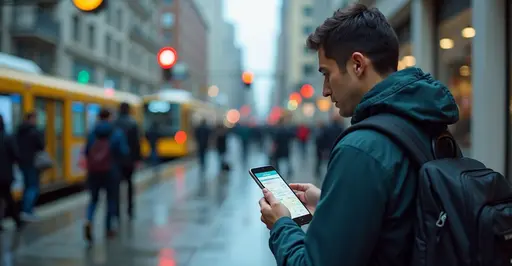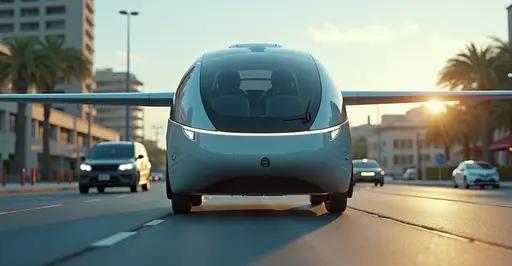
Revolutionizing Urban Commutes with Pollution-Aware Routing
Major transit applications have begun integrating real-time air quality monitoring directly into their routing systems, providing commuters with unprecedented access to pollution data and healthier route alternatives. This innovative feature represents a significant advancement in urban mobility technology, combining environmental awareness with practical transportation solutions.
How the Integration Works
The new functionality leverages air quality data from multiple sources including government monitoring stations, satellite imagery, and IoT sensors deployed throughout urban areas. When users plan their routes, the apps now display current air quality indices along potential paths and suggest alternatives when pollution levels exceed recommended thresholds.
Google Maps Platform has recently enhanced its Air Quality API, offering developers access to hyper-local air quality data at 500-meter resolution. This technology provides up to 4 days of forecasted hourly air quality information, complete with pollutant data and health recommendations. The system uses over 70 local air quality indexes and offers actionable recommendations for both general and sensitive population groups.
Real-World Benefits for Commuters
For asthma sufferers, elderly individuals, and those with respiratory conditions, this integration could be life-changing. The apps can now warn users about high ozone levels, particulate matter concentrations, and other pollutants that might trigger health issues. During wildfire seasons or industrial pollution events, the system automatically reroutes users away from affected areas.
"This technology helps people make informed decisions about their daily commutes," explains environmental health expert Dr. Maria Chen. "By avoiding heavily polluted routes, commuters can significantly reduce their exposure to harmful air pollutants that contribute to respiratory diseases, cardiovascular problems, and other health issues."
Global Implementation and Availability
The feature is currently rolling out in major metropolitan areas worldwide, with particularly strong adoption in cities like Los Angeles, London, Beijing, and Delhi where air quality concerns are most pressing. Transportation authorities are partnering with technology companies to ensure the data remains accurate and timely.
IQAir, a global leader in air quality monitoring, reports that their AirVisual app already provides similar functionality, allowing users to check air quality along their planned routes. The integration with transit apps takes this concept further by automatically incorporating air quality considerations into route planning.
Future Developments
Looking ahead, developers are working on more sophisticated features including personalized health recommendations based on individual medical conditions, integration with wearable health devices, and predictive routing that anticipates pollution patterns based on weather conditions and traffic flow.
As cities continue to grapple with air quality challenges, this technology represents a practical step toward healthier urban living. By empowering commuters with real-time environmental data, transit apps are transforming from mere navigation tools into comprehensive urban health companions.

 Nederlands
Nederlands
 English
English
 Français
Français
 Deutsch
Deutsch
 Español
Español
 Português
Português









